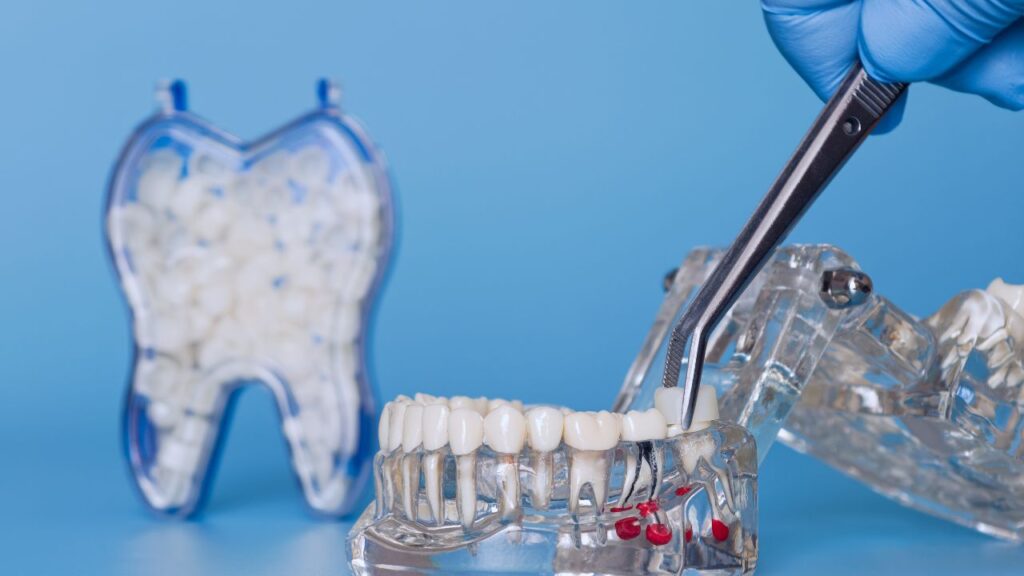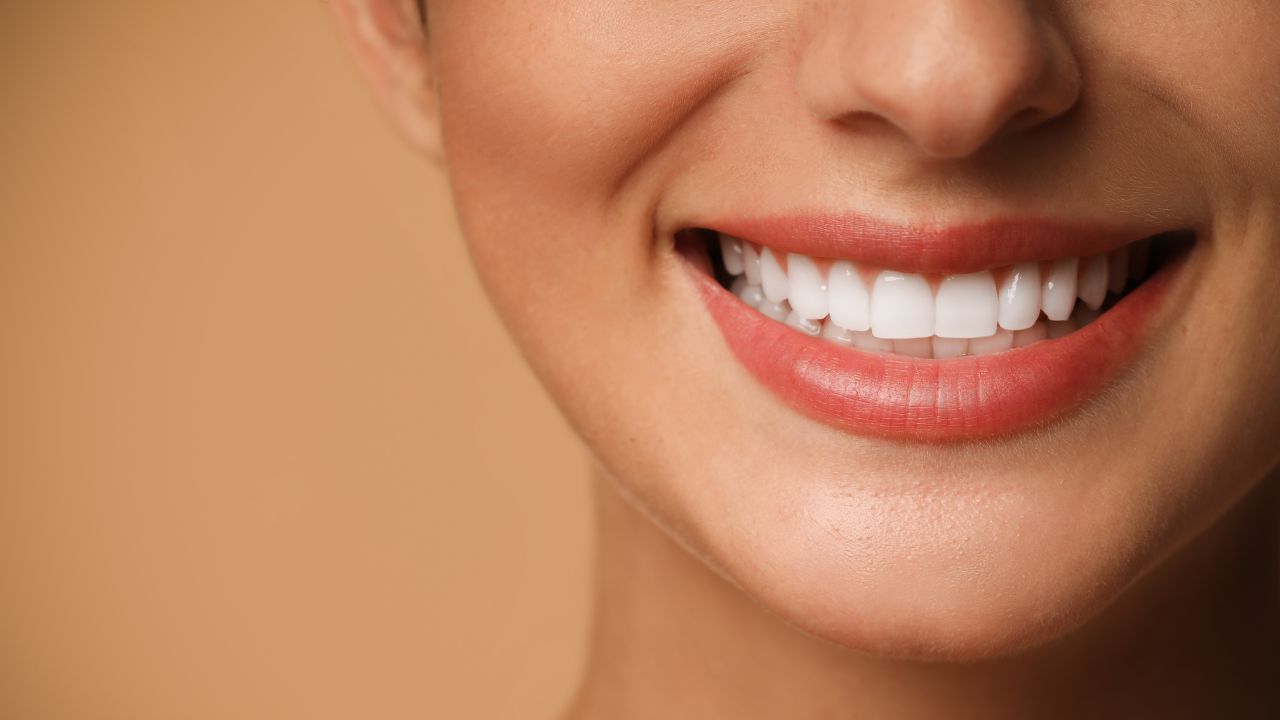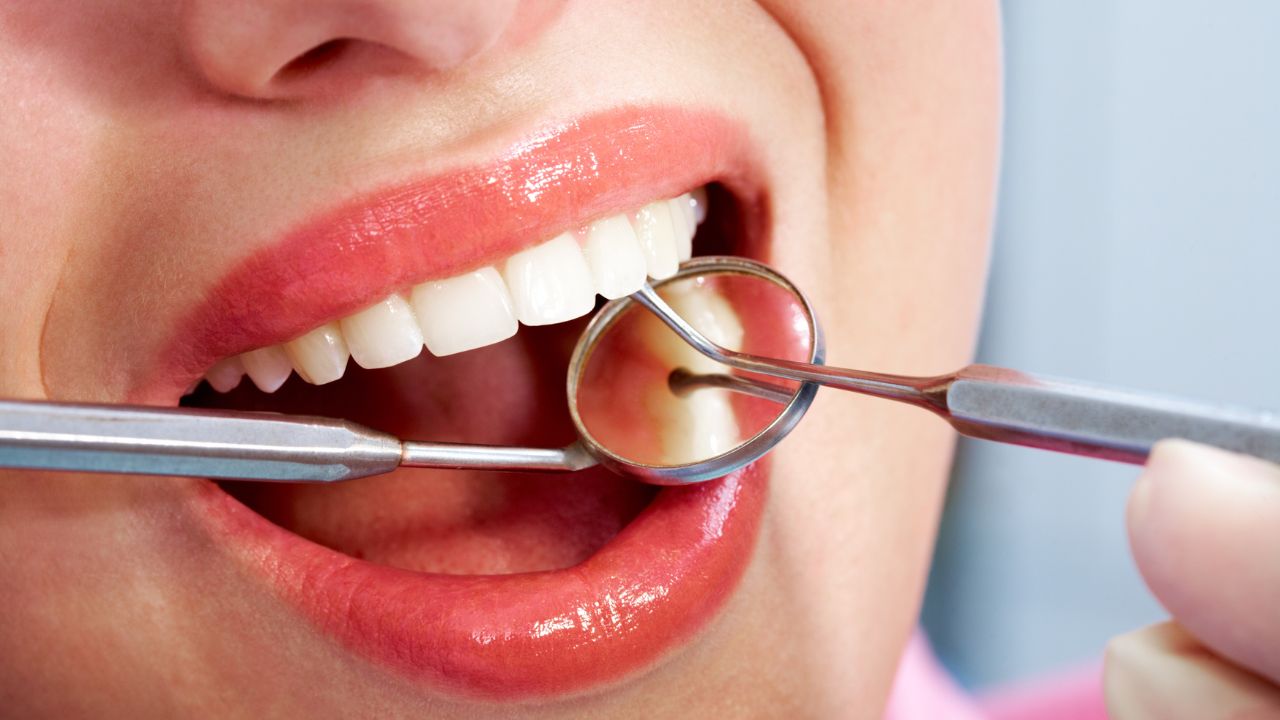Hearing that a dental crown is needed can be a daunting experience. The mind often jumps to two significant questions: ‘What does this involve?’ and ‘How much is this going to cost?’
1) What Is A Dental Crown?
A dental crown is best understood as a custom-made, permanent helmet for a tooth. It is a tooth-shaped “cap” that fits over the entire visible portion of a damaged tooth, restoring its original shape, size, strength, and appearance.
2) When is a Dental Crown Necessary?
A dentist will recommend a crown when a tooth is too damaged to be repaired with a simpler solution like a filling. The decision to place a crown is typically made as a crucial intervention to save a tooth that is significantly compromised.
Common reasons for a dental crown include:
- Saving a badly damaged tooth: When a cavity is too large for a standard filling, a crown provides the necessary reinforcement to protect what remains of the tooth structure
- Protecting a weak or cracked tooth: A crown acts like a brace, holding a fractured tooth together, preventing the damage from worsening, and sealing it off from bacteria that could cause infection.
- Strengthening a tooth after a root canal: Root canal therapy can leave a tooth hollow and brittle. A crown is often essential to restore its strength and prevent it from fracturing under the pressure of chewing.
- Restoring a severely worn-down tooth: Teeth that have been worn down by grinding (bruxism) or erosion can have their structure and function rebuilt with a crown.
- Cosmetic enhancement: For a severely discoloured or misshapen tooth that cannot be corrected with veneers or whitening, a crown can provide a complete aesthetic transformation.
3) Choosing The Material Of Your Dental Crown
The single biggest factor influencing the cost, appearance, and longevity of a dental crown is the material from which it is made.
The choice of material is fundamentally a trade-off between three competing factors: aesthetics, durability, and cost.
It is nearly impossible to have the best of all three simultaneously. For example, materials offering the best appearance are often less durable or more expensive, while the most durable options lack aesthetic appeal.
Modern materials like Zirconia attempt to balance these factors but often come at a premium price. Understanding these trade-offs helps in deciding which factor is the highest priority for a specific tooth.
Porcelain-Fused-to-Metal (PFM)
A PFM crown has a metal alloy base covered with a layer of tooth-coloured porcelain.
Pros: This is a time-tested combination that offers the strength of metal with the good aesthetics of porcelain. PFM crowns are generally less expensive than all-ceramic options.
Cons: The main drawback is the potential for a dark grey line to appear at the gum line over time, which occurs if the gums recede and expose the metal underneath. The porcelain layer can also chip, revealing the metal, and it may cause more wear on the opposing teeth than other materials.
Best for: A reliable choice for back teeth where the dark line is less of a cosmetic concern, or for individuals seeking a balance of durability and cost.
All-Ceramic & All-Porcelain
These crowns are made entirely of porcelain or other ceramic materials, providing the most natural and lifelike appearance.
Pros: Their aesthetic quality is unmatched, as they perfectly mimic the translucency of natural tooth enamel. They are also biocompatible, making them an excellent choice for people with metal allergies.
Cons: Traditionally, they are not as strong as PFM or metal crowns and can be more prone to chipping under heavy biting forces, making them less suitable for molars or for patients who grind their teeth. Achieving the necessary thickness for strength may also require the removal of more of the natural tooth structure compared to other materials.
Best for: Front teeth, where appearance is the top priority.
Zirconia
This is a type of all-ceramic crown made from zirconium dioxide, an exceptionally strong ceramic that combines the strength of metal with the aesthetics of porcelain.
Pros: Zirconia is extremely strong and resistant to chipping, making it suitable for any tooth in the mouth, including molars. It is biocompatible, and its strength means that less of the natural tooth needs to be removed during preparation. Modern high-translucency zirconia offers excellent aesthetics that can rival traditional porcelain.
Cons: Zirconia crowns can be more expensive. The material’s hardness may potentially cause wear on opposing natural teeth, and its strength can make it difficult for a dentist to detect underlying decay without removing the crown.
Best for: Almost any tooth. It is an especially good choice for molars in patients who want a tooth-coloured restoration or for individuals who grind their teeth.

Gold & Metal Alloys
These crowns are made from alloys of gold, platinum, or base metals like nickel and chromium.
Pros: They are the strongest and most durable option available, rarely chipping or breaking, and offering the longest lifespan. They require the least amount of natural tooth removal and wear down at a rate similar to natural enamel, making them gentle on opposing teeth.
Cons: The metallic colour is the primary drawback, making them aesthetically unsuitable for visible teeth. They can also cause allergic reactions in people with sensitivities to certain metals.
Best for: Out-of-sight back molars, where strength and longevity are the most important factors.
Composite Resin: The Short-Term, Budget-Friendly Choice
This type of crown is made from the same tooth-coloured material used for minor fillings.
Pros: It is the least expensive crown option available.
Cons: Composite resin is significantly less durable than other materials. It wears down much faster and is more prone to fracture and staining. It is generally considered a temporary or short-term solution.
Best for: Temporary crowns or as a lower-cost, short-term option when budget is the primary constraint.
Comparison Between Different Dental Crown Materials
| Material | Aesthetics | Durability/Strength | Ideal Tooth Location | Cost |
| All-Ceramic/Porcelain | Excellent | Good | Front Teeth | $$$ |
| Zirconia | Very Good | Excellent | Front or Back Teeth | $$$$ |
| PFM | Good | Very Good | Back Teeth | $$ |
| Gold & Metal Alloys | Poor | Excellent | Back Molars | $$ |
| Composite Resin | Fair | Poor | Temporary/Short-Term | $ |
4) Dental Crown Costs In Melbourne
The cost of a dental crown in Melbourne can vary significantly. On average, the price for a single crown typically ranges from $1,000 to $2,500 per tooth, with premium materials like high-grade Zirconia potentially reaching $3,500.
Some clinics may advertise lower starting prices, around $999 to $1,600, but it is crucial to understand what is included in that fee.
| Crown Type / Material | Typical Price Range in Melbourne (AUD) |
| Composite Resin | Starting from $500 (often for temporary use) |
| Porcelain-Fused-to-Metal (PFM) | $900 – $2,000 |
| All-Ceramic / All-Porcelain | $1,200 – $2,500 |
| Gold & Metal Alloys | $1,200 – $2,800 (varies with metal prices) |
| Zirconia | $1,500 – $3,500 |
| Same-Day CEREC (Ceramic) | $1,400 – $2,800 |
5) Factors That Influence The Cost Of Dental Crowns
The advertised price of a crown is often just the “sticker price” for the prosthesis itself.
The total treatment cost is a sum of multiple components, and individuals can be caught off guard by the cost of necessary preparatory procedures. It is essential to ask a dentist for a fully itemised treatment plan and quote before committing to treatment. This prevents “bill shock” and allows for a true comparison between clinics.
Several factors beyond the crown material will influence the final invoice:
- The Dentist’s Expertise and Clinic Location: An experienced specialist (prosthodontist) or a clinic located in the Melbourne CBD may have higher fees than a general dentist in a suburban area.
- Complexity of the Case: The health of the underlying tooth is key. A straightforward placement is less expensive than one requiring extensive preparatory work.
- Additional Procedures: The crown price often does not include necessary preliminary work. These potential add-ons can significantly increase the total cost:
- Initial Consultation & X-rays: This can cost between $50 and $200+.
- Core Build-up: If there is not enough healthy tooth structure to support a crown, the dentist must first build it up with a filling material. This can add approximately $99 or more to the bill.
- Root Canal Therapy: If the tooth’s nerve is infected, a root canal is required before the crown is placed. This is a separate and significant procedure with its own cost.
- Old Crown Removal: If an old, failing crown is being replaced, there is typically a fee for its removal, which can be around $59.
- Laboratory Fees: The quality of the dental laboratory that fabricates the crown plays a role. High-end labs that use premium materials and advanced technology charge more but often produce a better-fitting and more aesthetic result.
Conclusion
Getting a dental crown done involves several important considerations, from function and aesthetics to cost.
The choice of material is a trade-off between appearance, strength, and price, and the best option depends on the tooth’s location and individual priorities.
Costs in Melbourne vary widely based on material, clinic, and the complexity of the case. Always request an itemised quote before beginning treatment.



